by Lisa Cooke | Dec 6, 2014 | 01 What's New, Google, iPad, Mobile
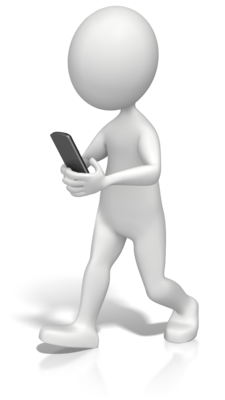 Mobile friendly search is now within reach! If you Google-search on a mobile phone (or on a small tablet), you know how frustrating it can be to navigate some websites on the small screens. The text is too small, the links are too tiny to click on and you have to scroll around to read the entire page.
Mobile friendly search is now within reach! If you Google-search on a mobile phone (or on a small tablet), you know how frustrating it can be to navigate some websites on the small screens. The text is too small, the links are too tiny to click on and you have to scroll around to read the entire page.
Recently, Google added a “mobile-friendly” search label to their results. It’s already available for the English language; additional languages and features will roll out in the coming weeks. According to Google, “mobile-friendly” sites avoid software not common on mobile devices; use text that’s readable without zooming, resize their screens so you don’t have to scroll across horizontally (you may still need to scroll vertically), and space links so you can tap each one without accidentally tapping the one next to it.
Here’s what the search result will look like, if it’s mobile-friendly:
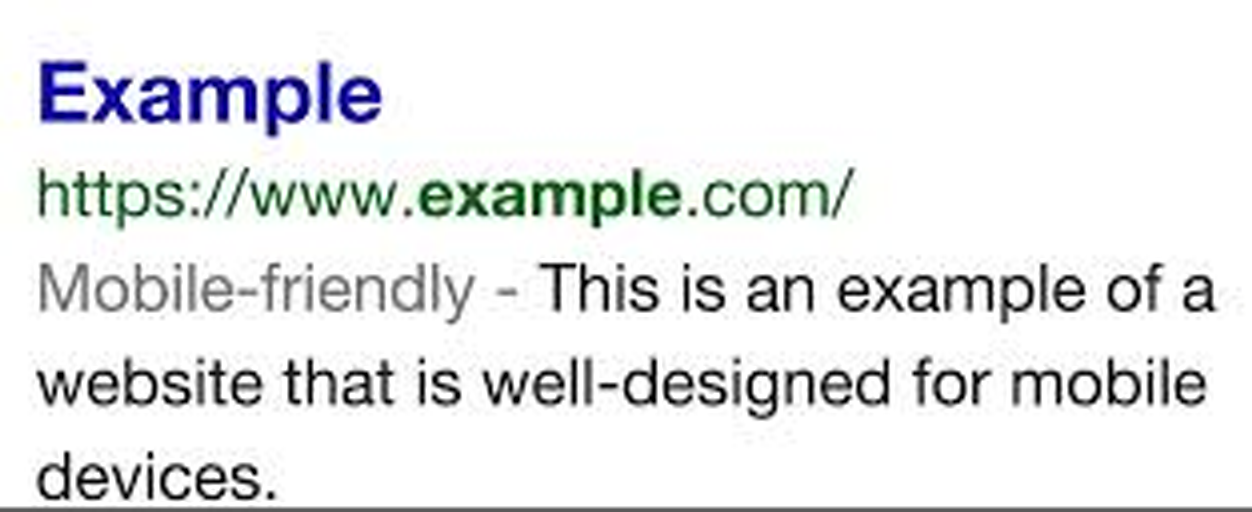
“We see these labels as a first step in helping mobile users to have a better mobile web experience,” says the Google Webmaster Central Blog post on the topic. “We are also experimenting with using the mobile-friendly criteria as a ranking signal.”
If mobile friendly search results get prioritized in our searches (especially when we’re on mobile devices), imagine how that will motivate companies to make their websites easier to navigate on the small screen. It’s another leap forward for Googling-on-the-Go!
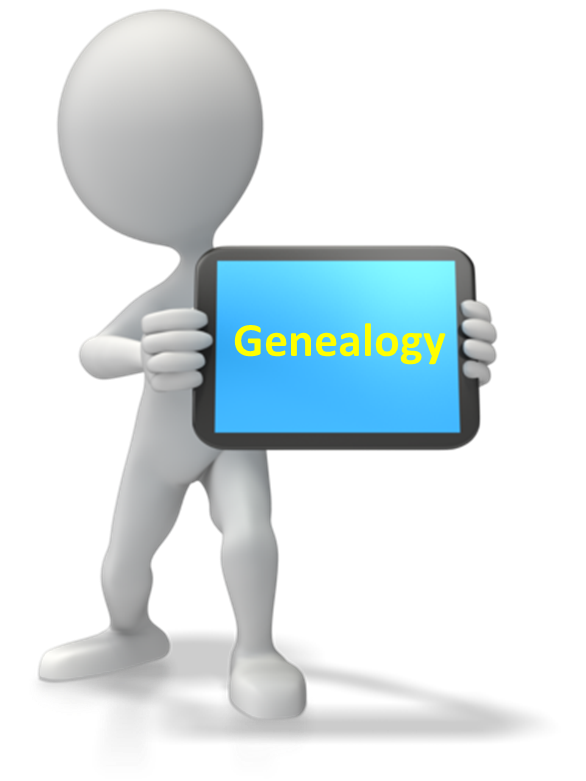 A Genealogy Gems Premium membership, includes access to THREE how-to videos on Google searching and another on mobile genealogy:
A Genealogy Gems Premium membership, includes access to THREE how-to videos on Google searching and another on mobile genealogy:
- Common Surname Search Secrets
- Ultimate Google Search Strategies
- Digging Deeper into Web Sites with Google Site Search
- Genealogy on the Go with the iPad
Watch and learn with Genealogy Gems Premium! Click here to learn more.
by Lisa Cooke | Nov 26, 2014 | 01 What's New, Conferences, Mobile, Newspaper, Technology
The FULL program and registration brochure for the next National Genealogical Society conference is now online. Browse the NGS 2015 program for 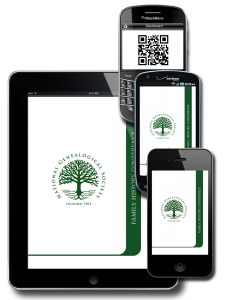 some mouthwatering sessions, workshops, tours and social events!
some mouthwatering sessions, workshops, tours and social events!
Why read it now, right when the holiday season is kicking off? Several events have limited seating–first-come, first-served to those who register. And registration opens December 1! So set aside your Black Friday shopping lists and read this tempting list. You may give yourself a holiday gift of attendance at NGS next spring!
Among the sessions Lisa will be teaching at NGS 2015 are NEW topics many of you haven’t heard yet: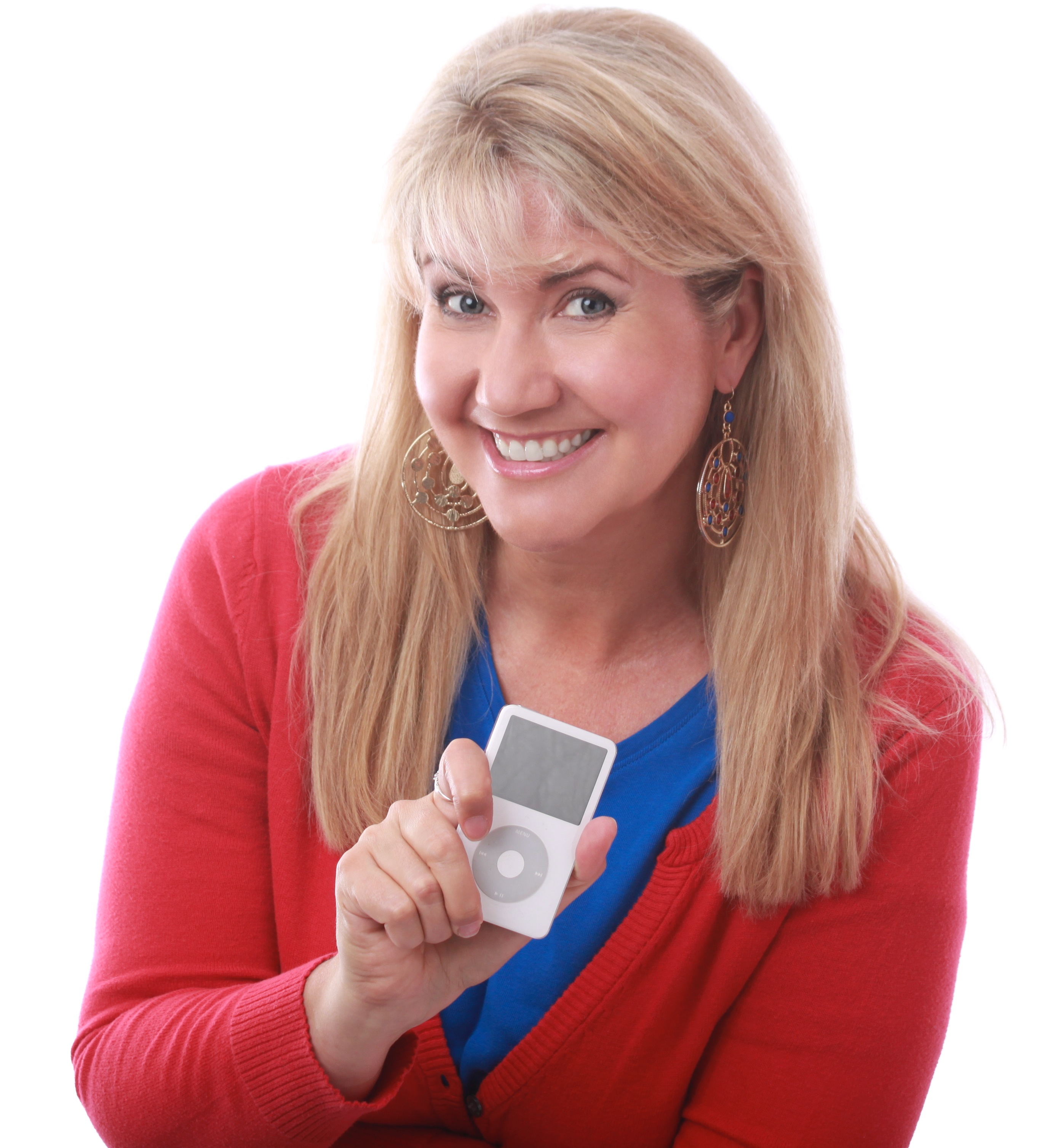
- Tech Tools that Catapult the Newspaper Research Process into the 21st Century;
- iPad & iPhone Power User Techniques for Genealogy; and
- Six Pillars to Build Your Genealogy Business Online.
The conference will take place in St. Charles, Missouri. The 16-page brochure is downloadable here as a pdf or you can read it online here. Register at the NGS website. Can’t make it in person? They will stream 10 sessions live for you to watch from the comfort of your own home or office. (Learn more about in coming months.)
by Lisa Cooke | Nov 25, 2014 | 01 What's New, British, Heirloom, Inspiration, Volunteer
 Thanks to an appeal on Facebook, an old World War I medal is back with its family!
Thanks to an appeal on Facebook, an old World War I medal is back with its family!
According to the North Devon Journal in the U.K., the medal was found with the belongings of a man who died in 1980. His sister only recently realized there was a name on the medal, says a story in the North Devon Gazette. She asked a nearby museum to help her return it to a living descendant.
A Facebook appeal went out for a descendant of the soldier, Private Albert Earnest Stowell, who the Gazette says served in the Devonshire Regiment.
Within half an hour a great great grandson of Private Stowell was located. The medal was returned to him at a museum ceremony.
Inspired? Click here for tips for how YOU can help orphaned heirlooms return to their families. More interested in learning more about your own family’s participation in World War I? Click here to read about Europeana’s online archive for WWI.
by Lisa Cooke | Nov 21, 2014 | 01 What's New, MyHeritage, Photographs, Social Media, Trees, YouTube
Have you started using MyHeritage.com yet? I especially recommend this genealogy and family social networking mega-site for:

MyHeritage.com is the place to make connections with relatives overseas, particularly with those who may still live in your ancestral homeland. Visit www.MyHeritage.com
- searching internationally for relatives through 26 million family trees contributed by users worldwide (and supported in tons of languages);
- “smart” searches of 5.5 billion historical records; and
- connecting with living relatives. (You can post all the family pictures here and update everyone on upcoming events. And, oh, by the way, relatives can browse the family tree while they’re looking up grandma’s birthday.)
MyHeritage has posted a new YouTube video with lots of great tricks for using their website. Watch the MyHeritage webinar here:
MyHeritage is a proud sponsor of the free Genealogy Gems podcast.
by Lisa Cooke | Nov 20, 2014 | 01 What's New, Ancestry, Brick Wall, DNA
“This is really the first time a DNA testing company has so fully integrated genetics and genealogy. We can now find cousins in the database who do not share our particular genetics, but who do share some of the genetics of our common ancestor. This is huge.” -Diane Southard, Your DNA Guide
I blogged a couple of weeks ago about some changes taking place over at AncestryDNA . You will recall that they are planning to slash your match list
. You will recall that they are planning to slash your match list 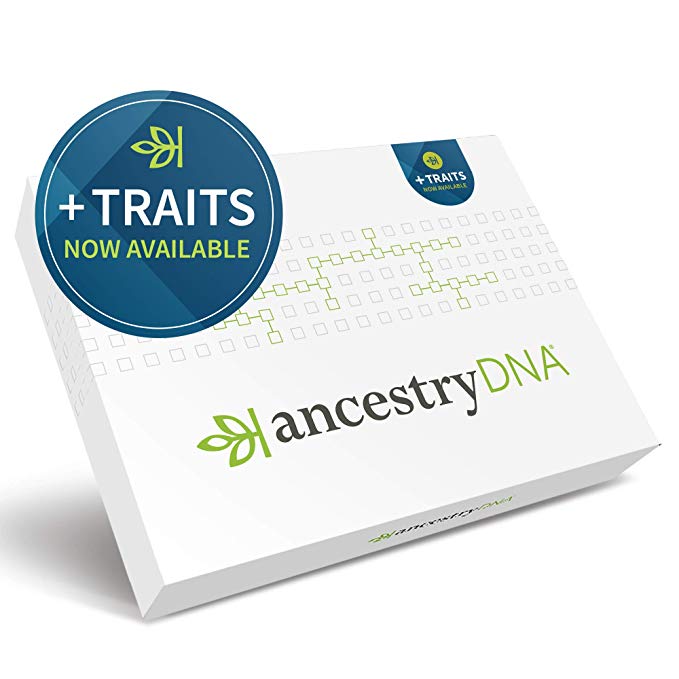 to allow only “invited guests” to your personal DNA party. (Read that post to be reminded why this is a good thing.)
to allow only “invited guests” to your personal DNA party. (Read that post to be reminded why this is a good thing.)
Ancestry has officially announced the launch of this feature update and reports that on average users will see an 80% reduction in the number of matches shown. I had a chance to look at the new site before it launched and one of my favorite features is the question mark that appears next to your match. Clicking on the question mark on your match page will bring up a menu of references to help you better understand the inner workings of matching at Ancestry, including those confidence levels that are a part of every relationship prediction. In this table below you can see that ancestry has tried to give you some fairly solid guidelines by which to assess the quality of your matches. You will want to focus on those matches with a confidence score of “High” or above to have the best chance of genealogical success. 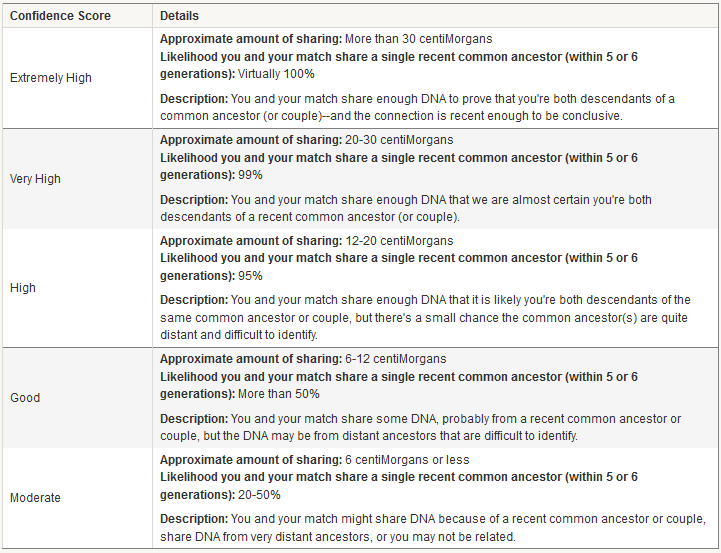 But an update to the matching feature is only the beginning of the new features at AncestryDNA
But an update to the matching feature is only the beginning of the new features at AncestryDNA . Today Ancestry announced “DNA Circles,” a tool that helps you identify others who share common ancestors with you. The new “DNA Circles” feature has the potential to impact the way you do genetic genealogy at Ancestry. Here’s why: Autosomal DNA (the kind that Ancestry is testing) has a spotty inheritance pattern. On average we only have half of the DNA of each of our parents, only 25% of our grandparents, only 12.5% of our great grandparents and so on. This means that AncestryDNA and its competitors (Family Tree DNA and 23andMe) are only able to genetically identify 50% of your genetic 4th cousins. This means that there could be 50% MORE people in these databases that you are actually related to, people that should have been invited to your DNA party, but didn’t have a ticket. Now with DNA Circles, there is a metaphorical “after-party.” After parties are “hosted” by one of your relatives. Ancestry searches your pedigree and that of your matches back 7 generations looking for suitable hosts. An ancestor qualifies as a host if they have two or more descendants who hold an invitation. At this after-party you can meet some of these long lost cousins that, while related to you, lost their ticket to your DNA party. After-party invitations are provided to those who meet three very important qualifications:
. Today Ancestry announced “DNA Circles,” a tool that helps you identify others who share common ancestors with you. The new “DNA Circles” feature has the potential to impact the way you do genetic genealogy at Ancestry. Here’s why: Autosomal DNA (the kind that Ancestry is testing) has a spotty inheritance pattern. On average we only have half of the DNA of each of our parents, only 25% of our grandparents, only 12.5% of our great grandparents and so on. This means that AncestryDNA and its competitors (Family Tree DNA and 23andMe) are only able to genetically identify 50% of your genetic 4th cousins. This means that there could be 50% MORE people in these databases that you are actually related to, people that should have been invited to your DNA party, but didn’t have a ticket. Now with DNA Circles, there is a metaphorical “after-party.” After parties are “hosted” by one of your relatives. Ancestry searches your pedigree and that of your matches back 7 generations looking for suitable hosts. An ancestor qualifies as a host if they have two or more descendants who hold an invitation. At this after-party you can meet some of these long lost cousins that, while related to you, lost their ticket to your DNA party. After-party invitations are provided to those who meet three very important qualifications:
- They have their DNA attached to their PUBLIC family tree.
- AND that PUBLIC family tree has the name of the hosting ancestor on it.
- AND this person shares DNA with at least one other person who also meets the above two criteria.
Here’s an example. Below is an image of the new AncestryDNA home page. You can see I am a part of two DNA Circles (some of you will be much more popular and invited to several after-parties. For me–just the two for now). Let’s take a closer look at my DNA Circle hosted by my paternal 5th great grandfather Minus Griggs (who knew the guy liked parties?!). 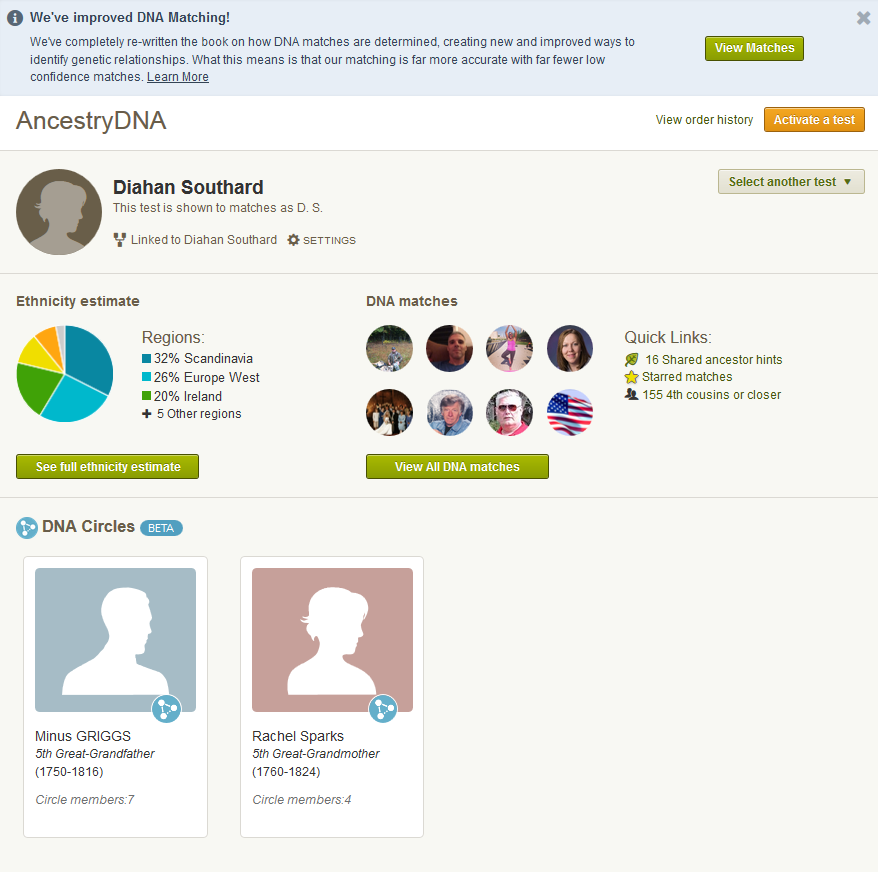 Clicking on the DNA circle brings up this page where there are three things I want to show you:
Clicking on the DNA circle brings up this page where there are three things I want to show you: 
- This is your relationship to the host.
- This is a list of the individuals who have passed the three criteria listed above and have been invited to this after-party.
- This is the innovative part. You see that the first two matches (after me–I am listed first) have only “Tree Match” in this column. This means that these two people, both descendants of our host, Minus Griggs, didn’t ever appear on my DNA match list. We do not share enough DNA to be considered genetic relatives. However, the third member of the circle has the “DNA Match” designation, meaning that this match DOES appear on my match page. In fact, this is my ONLY DNA match in the circle (there are three others not shown here). That means that this DNA circle has connected me to FIVE other cousins. All because I share DNA and genealogy with the third member of this circle, and he shares DNA and genealogy with everyone else.
I can click on each circle member to see exactly how Ancestry THINKS we are related. This is my first opportunity to DOUBLE CHECK this relationship that Ancestry has handed me, to be sure that both my match and I really did receive tickets to the same after party.
Here is what that page looks like for me and one of my matches.
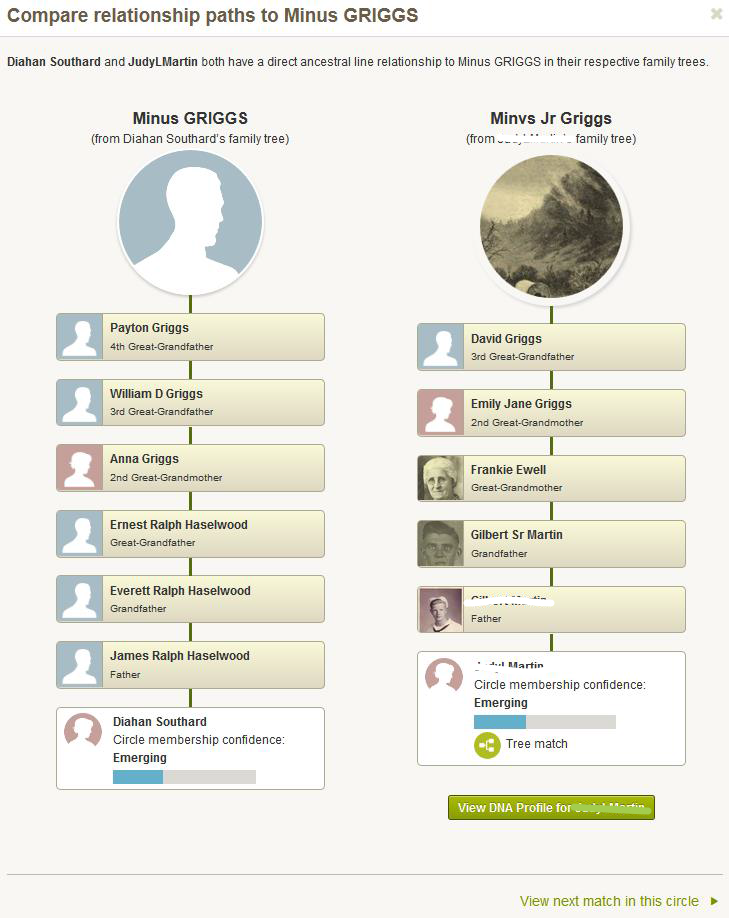 This is really the first time a DNA testing company has so fully integrated genetics and genealogy. We can now find cousins in the database who do not share our particular genetics, but who do share some of the genetics of our common ancestor. In my opinion, this is huge.
This is really the first time a DNA testing company has so fully integrated genetics and genealogy. We can now find cousins in the database who do not share our particular genetics, but who do share some of the genetics of our common ancestor. In my opinion, this is huge.
There is one catch, and it is going to be a big one for some of you. In order to see your DNA Circles, you have to be an Ancestry.com subscriber.
Even though I am excited about these changes, I can’t help but hope for just one step more. In order to identify these DNA Circles, Ancestry has identified pieces of DNA that can be fairly reliably assigned to a particular ancestor. There are likely others in the Ancestry database who have these pieces of DNA, we can call them partial tickets to the after-party, but who are lacking the second requirement: a pedigree documenting a relationship to that ancestor. I hope in the future the folks at Ancestry will honor those partial ticket holders, and allow them to the after-party, so we can sit around with our peanuts and pretzels and figure out how we are all related. Until then, I am going to enjoy the two after-parties hosted by my two generous ancestors.
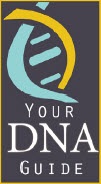 Ready to walk through the process of using DNA for your genealogy? Let me be your guide! Check out my quick
Ready to walk through the process of using DNA for your genealogy? Let me be your guide! Check out my quick 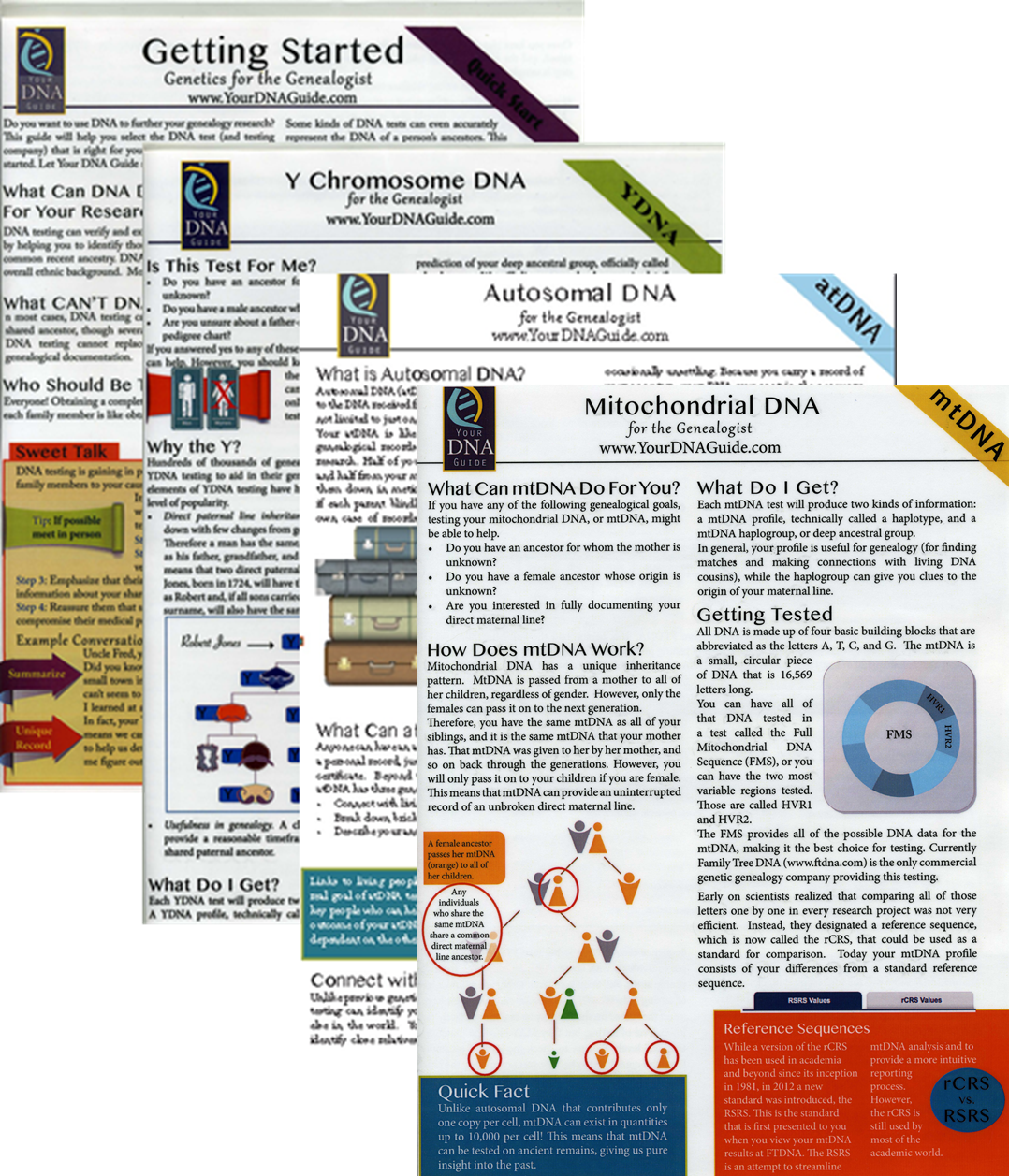 guides (left) Purchase each guide individually or pick up the bundle of all 4 for the best deal!
guides (left) Purchase each guide individually or pick up the bundle of all 4 for the best deal!
Visit my website to learn about expert consultations with me. You’ll get customized guidance on which tests to order and how to maximize your results for your genealogy research.
 Mobile friendly search is now within reach! If you Google-search on a mobile phone (or on a small tablet), you know how frustrating it can be to navigate some websites on the small screens. The text is too small, the links are too tiny to click on and you have to scroll around to read the entire page.
Mobile friendly search is now within reach! If you Google-search on a mobile phone (or on a small tablet), you know how frustrating it can be to navigate some websites on the small screens. The text is too small, the links are too tiny to click on and you have to scroll around to read the entire page.
 A Genealogy Gems Premium membership, includes access to THREE how-to videos on Google searching and another on mobile genealogy:
A Genealogy Gems Premium membership, includes access to THREE how-to videos on Google searching and another on mobile genealogy:
 some mouthwatering sessions, workshops, tours and social events!
some mouthwatering sessions, workshops, tours and social events!


 to allow only “invited guests” to your personal DNA party. (
to allow only “invited guests” to your personal DNA party. (


 This is really the first time a DNA testing company has so fully integrated genetics and genealogy. We can now find cousins in the database who do not share our particular genetics, but who do share some of the genetics of our common ancestor. In my opinion, this is huge.
This is really the first time a DNA testing company has so fully integrated genetics and genealogy. We can now find cousins in the database who do not share our particular genetics, but who do share some of the genetics of our common ancestor. In my opinion, this is huge. 
 guides (left) Purchase each guide individually or pick up the
guides (left) Purchase each guide individually or pick up the 


